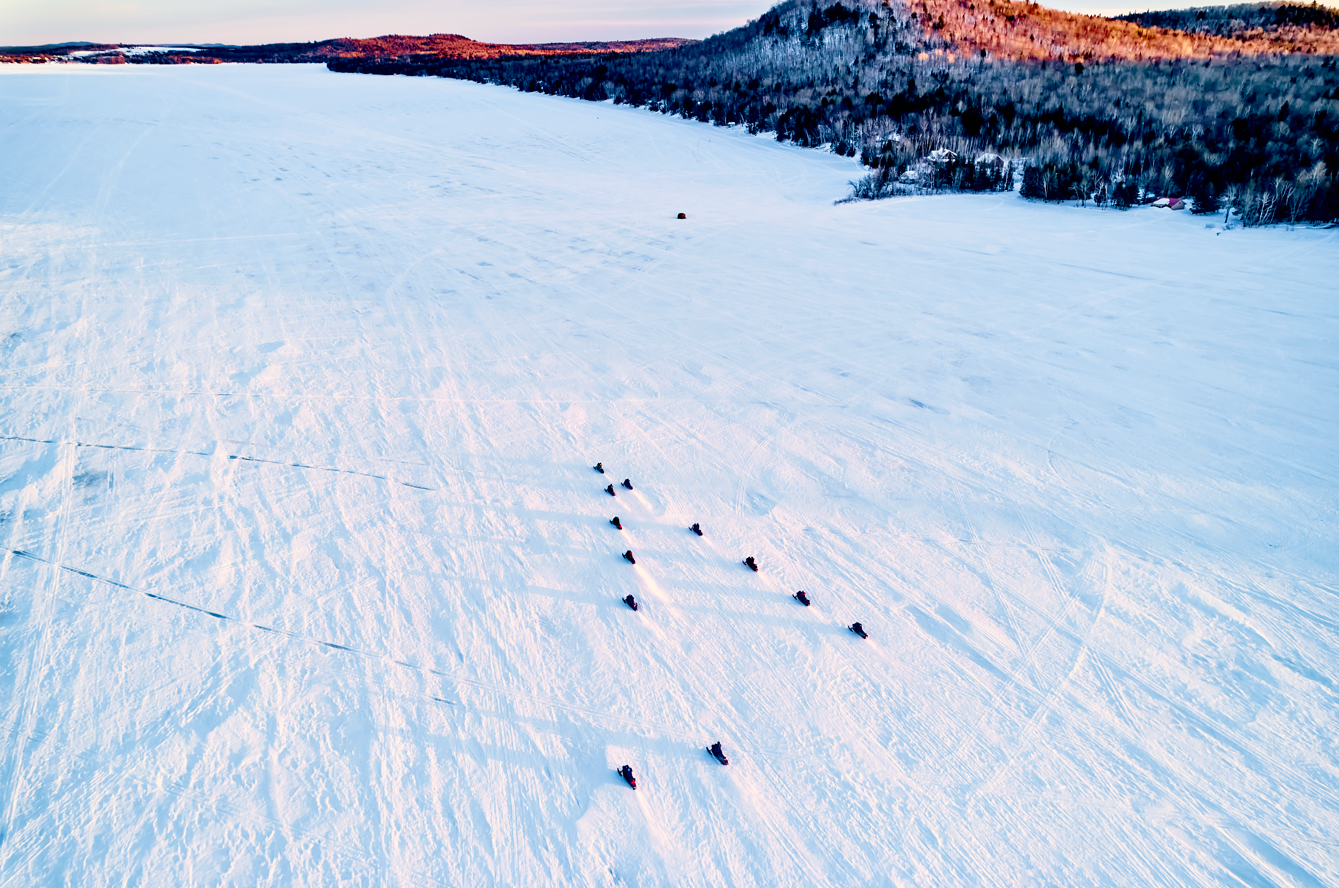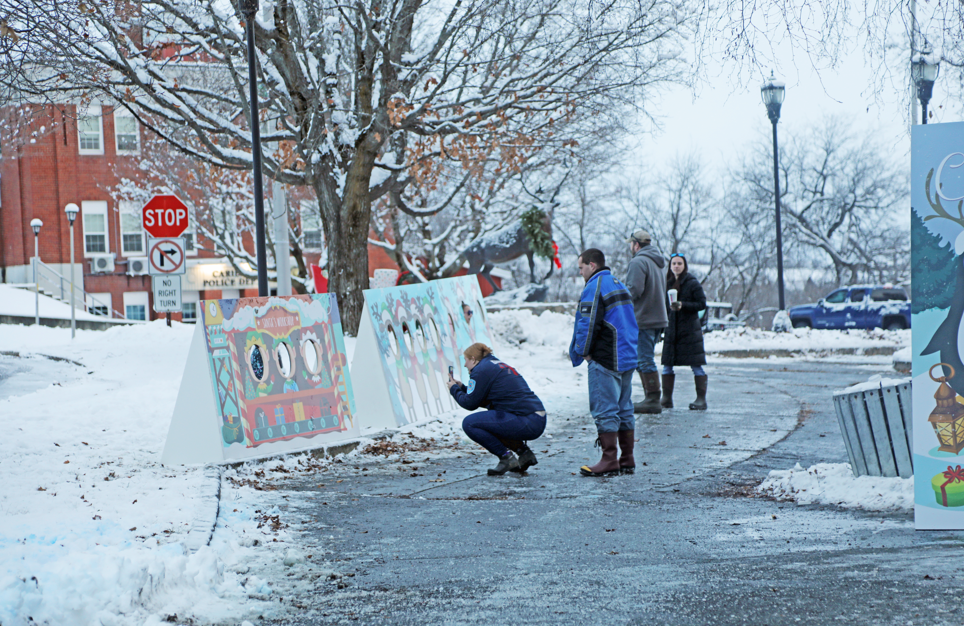I
f you’re looking to experience the Aurora Borealis, there are few better places to do so than in Aroostook County Maine. There, far from the light pollution of the city, you’ll be able to see the lights in all their glory like never before.
I

Why You Should Visit Aroostook County Maine to See the Northern Lights
If you’re looking to experience the Aurora Borealis, there are few better places in the lower 48 States to do so than in Aroostook County Maine. There, far from the light pollution of the city, you’ll be able to see the lights in all their glory like never before.
Dark Sky
Anyone who has ever been mesmerized by the cosmos during a clear night in Maine is surprised by how many stars they can see without any interference. Without light pollution, the sky feels bigger and brighter than ever before. The region is known for the darkest skies in New England and horizons often stretch on endlessly without interruption from artificial light sources. Here in The County, the Milky Way shines clearest in the months of October and April.
Northern Lights
The show put on by Aurora Borealis - also known as the Northern Lights - is truly breathtaking; its colors dance across the sky in swirls of green and red hues that seem nothing less than a celestial gift. This beautiful natural phenomenon was named for the Roman goddess of dawn, Arora, as well as the Greek name for the north wind, Borealis. The Aurorae Borealis can be seen only in the Northern Hemisphere skies above Canada and Alaska because these places experience longer nights during wintertime (the sky darkens sooner).
Tips For The Best Viewing of The Northern Lights:
- Find a dark place with a clear view of the sky.
- Check your local weather forecast and be aware of any storms coming (cloudy weather) your way.
- The best tool for predicting a show is the Space Weather Prediction Station from NOAA for updated sky charts and help to find the planets and constellations in the night sky. It features a 30-minute and 3-day forecast.
- Position your viewpoint to face north and be sure there are no large lights. You want a dark horizon in front of you as you face north.
- Dress warmly so you are prepared for anything, especially if you plan on being outside at night in potentially freezing temperatures.
- October through April have proven to be the best months for viewing.
What Are The Northern Lights?
Polar lights (Aurora Polaris) are a natural phenomenon found in both the northern and southern hemispheres that can be truly awe-inspiring. Northern lights are also called by their scientific name, aurora borealis while the southern lights are called aurora australis. Even though auroras are best seen at night, they are actually caused by the Sun.
Solar storms beginning at the sun's service travel to Earth. The protective magnetic field around Earth shields us from most of the energy and particles, and we don't even notice them.
The sun sends a constant stream of solar wind and are solar storms. Solar storms called a coronal mass ejection is when the Sun emmits a bubble of electrified gas that travels through space at high speeds. This type of solar storm comes toward Earth with energy and small particles directly to the magnetic field lines at the north and south poles into Earth's atmosphere. There, the particles interact with gases in our atmosphere resulting in beautiful displays of light in the sky.
Can I See Them Anywhere?
Technically yes, although they are more frequent at higher latitudes and closer to the Earth’s North and South Poles. To view them, look in the direction of the North Pole.
What Causes The Colors & Patterns?
Colors and patterns are from the types of ions or atoms being energized as they collide with the atmosphere and are affected by lines of magnetic force. Displays may take many forms, including rippling curtains, pulsating globs, traveling pulses, or steady glows. Altitude affects the colors. Blue violet/reds occur below 60 miles (100 km), with bright green strongest between 60-150 miles (100-240 km). Above 150 miles (240 km) ruby reds appear. Oxygen gives off green and red light. Nitrogen glows blue and purple.




LL.jpg)




















